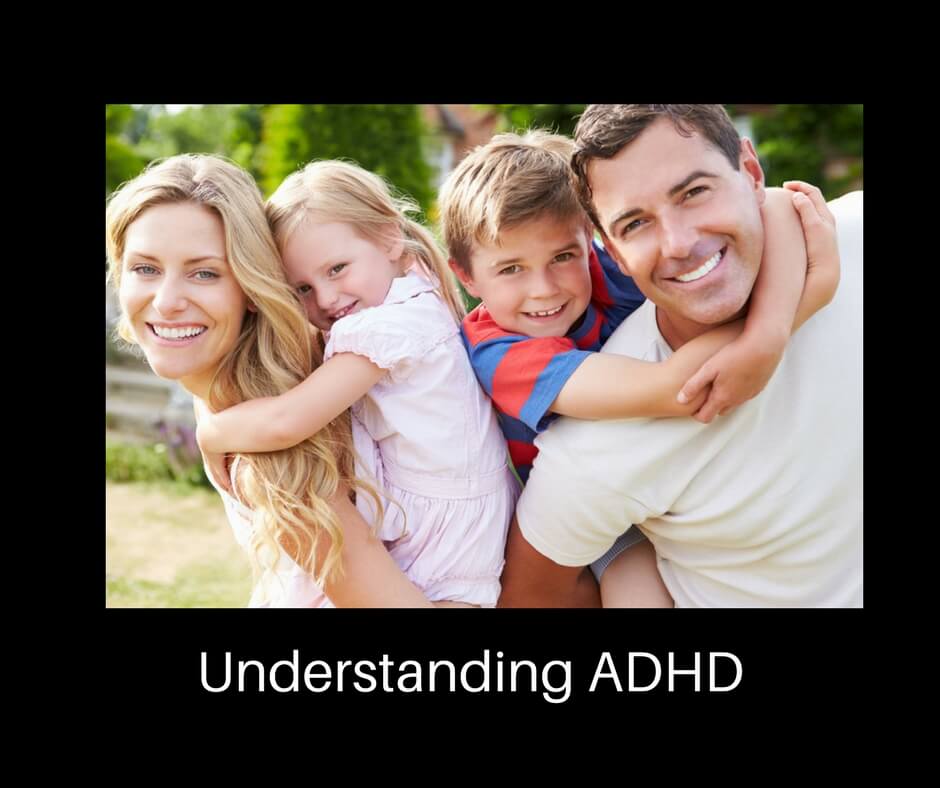
ADHD Subtypes, Prevalence & Co-existing Conditions
According to the DSM-5 (American Psychiatric Association, 2013) ADHD can present in three ways. Individuals can display:
- predominantly hyperactive/impulsive symptoms
- Predominantly inattentive-type symptoms
- combined symptoms.
Whether an individual has hyperactive-impulse symptoms or inattentive symptoms (or both), as well as the severity of these symptoms, is thought to be primarily dependent upon gene expression and/or the degree of gene expression. For more information about the role of genes in ADHD go here.
Prevalence
Research shows that 5-7% of children, 4-7% of teens, and 3-5% of adults have ADHD (Barkley, 2016). The ratio of males to females affected by ADHD is:
- 4-4.1 in children
- 2-2.5:1 in adolescents
- 5:1 in adulthood.
The prevalence of ADHD has been shown to decline with age and to be independent of IQ, socio-economic status and nationality.
Heritability
Quantitative genetic studies, including family, twin and adoption studies, demonstrate ADHD is a highly heritable condition. According to Barkley (2016):
- If a parent has an ADHD diagnosis their children are 6-8 times more likely to have the condition (35-54%).
- If a child has ADHD their biological siblings are 3-5 times more likely to have ADHD (25-35%), their mother is 3-4 times more likely to have ADHD, and their father is 5-6 times more likely to have ADHD.
- If one identical twin has ADHD, the other twin is 75-90% more likely to also have ADHD.
When new cases of ADHD arise in a family, it is thought to be due to genetic mutations occurring in ADHD-risk genes present in the parent’s eggs or sperm.
Co-existing conditions
According to Kadesjo & Gillberg (2001), 87% of children diagnosed with ADHD may have at least one other coexisting condition and 67% may have at least two.
Results for adults with ADHD are nearly as high. According to Barkley et al, (2008) more than 80% of adults with ADHD may have at least one co-existing condition and more than 50% may have two or more (Barkley et al., 2008).
Co-existing conditions range from:
- dyslexia (reading difficulties) 25-50%
- dysgraphia (fine motor difficulties resulting in written language problems) 60%
- dyscalculia (numeracy difficulties) 11%
- enuresis (bed wetting) 20-30%
- sleep problems (falling asleep, staying asleep) 3 times more likely to have difficulty than children without ADHD
- autism spectrum disorder 65-80%
- bipolar disorder 1-3%
- sensory processing disorder 40-6-%
- dyspraxia (developmental co-ordination disorder) 40-60%
- oppositional Defiant disorder (constant disobedience and hostility) 40-60%
- conduct disorder (violation of another person’s rights or property) 20-40%
- anxiety
- depression
- substance abuse 15%.
This highlights the need for thorough assessment and appropriate treatment interventions.
References
American Psychiatric Association. (2013). Diagnostic and Statistical Manual of Mental Disorders, 5th ed. Washington, DC.
Barkley, R.A. (2015). Attention Deficit Hyperactivity Disorder: A Handbook for Diagnosis and Treatment, 4th ed. New York: Guilford Publications.
Barkley, R. (2016). Managing ADHD in School: the best evidence-based methods for teachers. Eau Claire: PESI Publishing.
Barkley, R. A., Murphy, K. R., & Fischer, M. (2008). ADHD in Adults: What the Science Says. New York: Guilford Publications.
Daley, D., Sonuga-Barke, E., Thompson, M., & Chen, W. (2008). Gene-social environmental interplay in relation to attention deficit hyperactivity disorder. Psychiatry, 7(12), 520-524.
Faraone, S., Perlis, R., Doyle, A., Smoller, J., Goralnick, J., Holmgren, M., & Sklar, P. (2005). Molecular genetics of attention-deficit/hyperactivity disorder. Biological Psychiatry, 57, 1313–1323.
Kadesjo, B., & Gillberg, C. (2001). The comorbidity of ADHD in the general population of Swedish school-age children. Journal of Child Psychology and Psychiatry, 42, 487-492.
Silva, D., Colvin, L., Glauert, R., Stanley, F., Srinivasjois, R., & Bower, C. (2015). Literacy and Numeracy Underachievement in Boys and Girls With ADHD. Journal of Attention Disorders. DOI: 10.1177/1087054715596575
